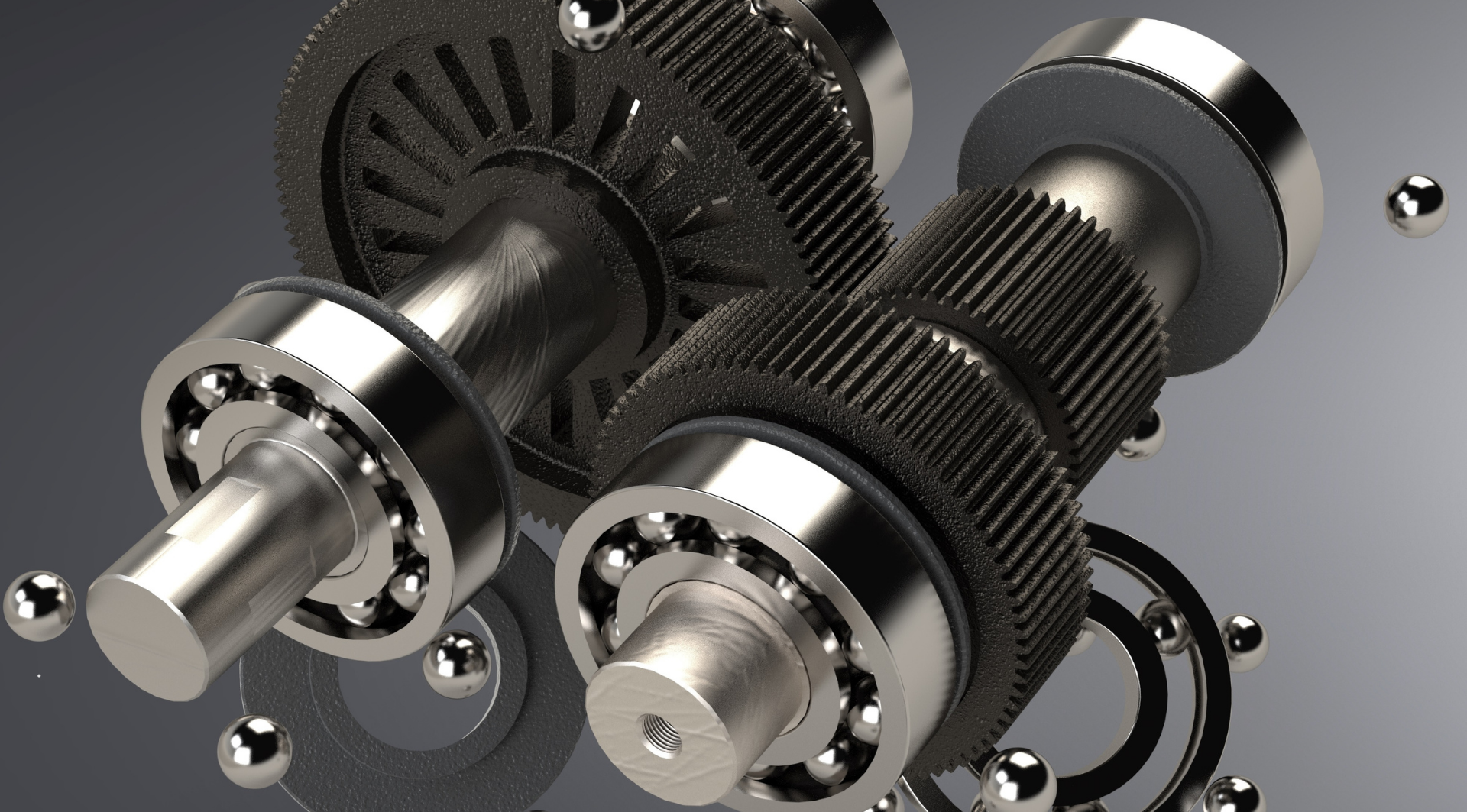 By: Admin / September 5, 2025
By: Admin / September 5, 2025
In modern industries, equipment downtime can cost millions of dollars. When a critical gear fails—and the original design or supplier is unavailable—reverse engineering gears becomes the most efficient solution. By combining precision inspection, digital modeling, and advanced manufacturing, companies can recreate high-performance gears that meet or exceed the original specifications.
This article explores the science and practice of reverse engineering gears, covering tools, processes, standards, and industrial applications.
Reverse engineering is the process of analyzing an existing gear—often worn or damaged—to reconstruct its exact geometry and material specifications. Unlike standard gear design, it begins with a physical component and works backward to create engineering drawings and CAD models suitable for manufacturing.
Key objectives include: – Restoring equipment functionality when OEM parts are obsolete or unavailable. – Reducing downtime and cost by producing replicas locally. – Upgrading gear performance with improved materials or tolerances.
CMMs capture precise gear tooth geometry, measuring parameters such as involute profile, lead, pitch, and runout. These measurements align with AGMA and ISO standards for gear quality.
Advanced laser and structured-light scanners provide a complete surface map of worn gears. This data is used to generate accurate 3D CAD models.
Reverse engineering is not just geometry; metallurgical testing identifies steel grade, heat treatment depth, hardness, and surface coatings.
CAD models are converted into digital twins, enabling virtual testing, stress analysis, and tolerance optimization before manufacturing.
Reverse-engineered gears are widely used in industries where replacement parts are costly or obsolete: – Mining & Heavy Machinery – Large gears for crushers, conveyors, and mills. – Aerospace & Defense – Legacy aircraft and vehicles requiring precision parts. – Oil & Gas – Offshore rigs and drilling equipment with long service lives. – Automotive Restorations – Classic vehicles with discontinued gear sets.
All reverse-engineered gears must conform to ANSI/AGMA standards and, depending on industry, ISO and DIN tolerances. Compliance ensures that replicas are safe, reliable, and interchangeable with original components.
Reverse engineering is no longer a last-resort option—it is a proactive strategy for maintaining industrial reliability. By leveraging CMM inspection, 3D scanning, and CAD modeling, companies can transform worn gears into precision replicas that meet modern standards.
📌 Call to Action: Looking to restore or upgrade your worn gears? [Request a Quote from MASGearTech today] and discover how our precision reverse engineering solutions keep your operations running.
Leave a Comment